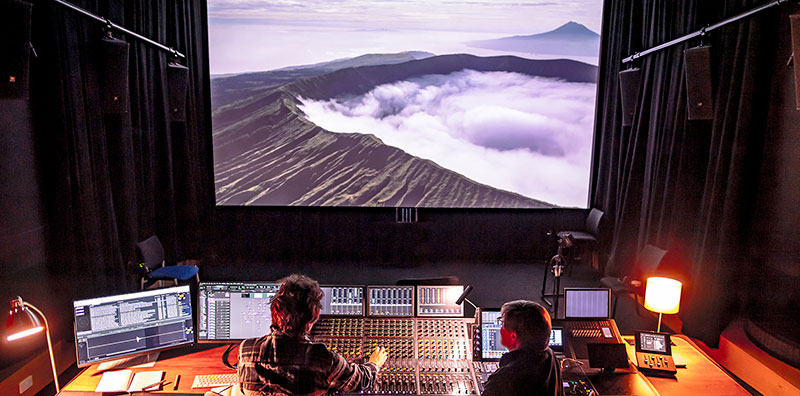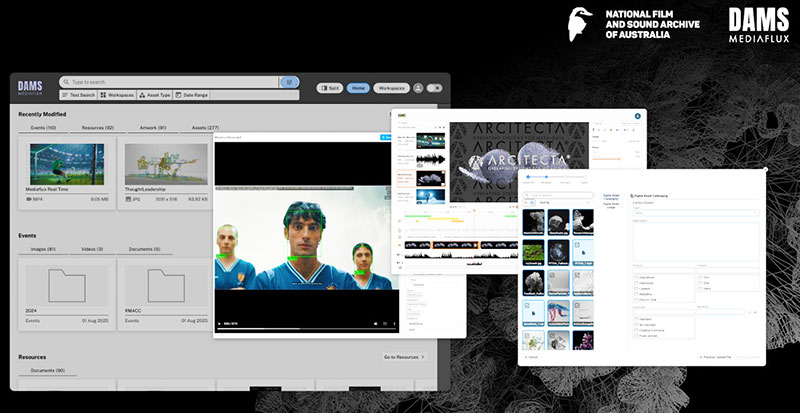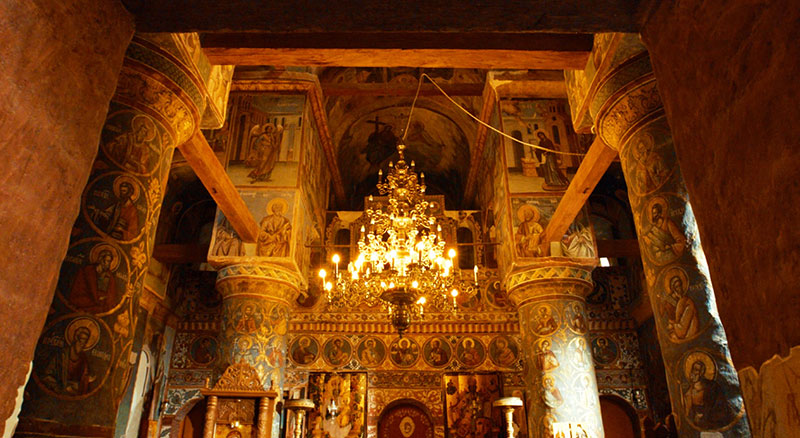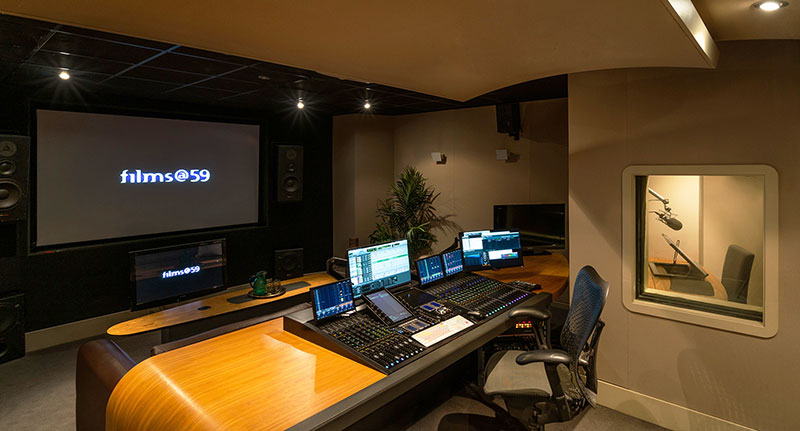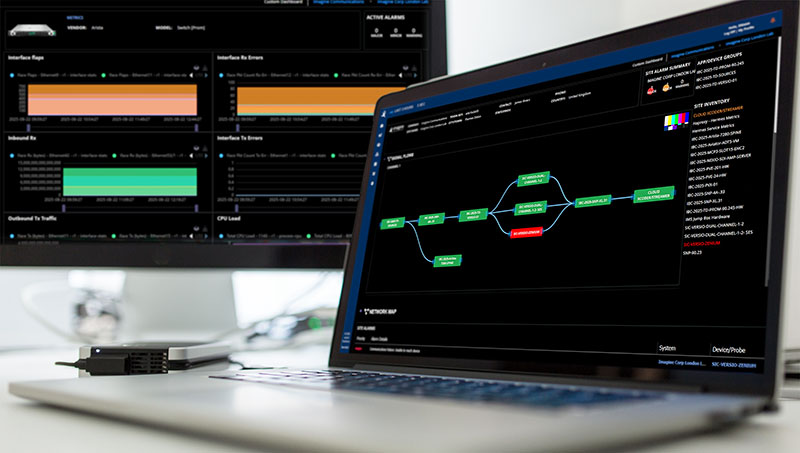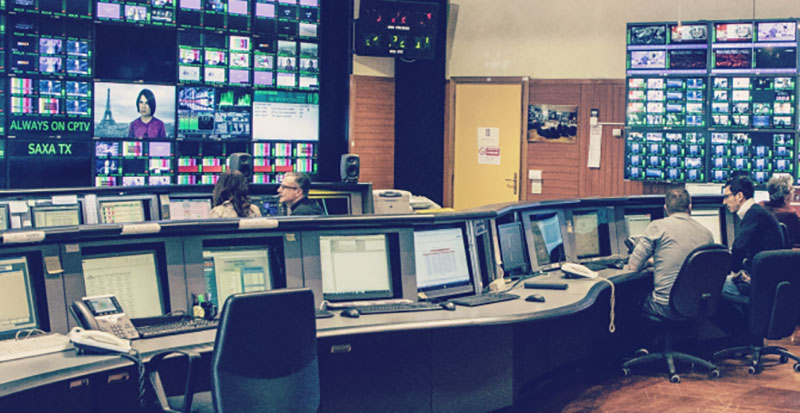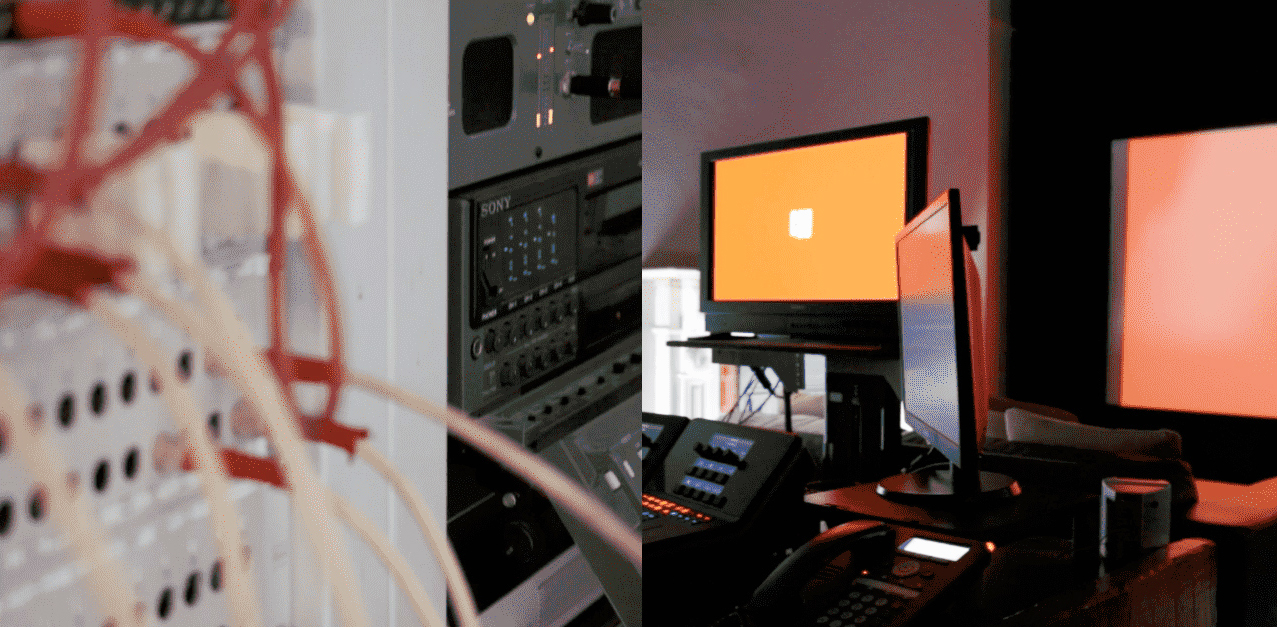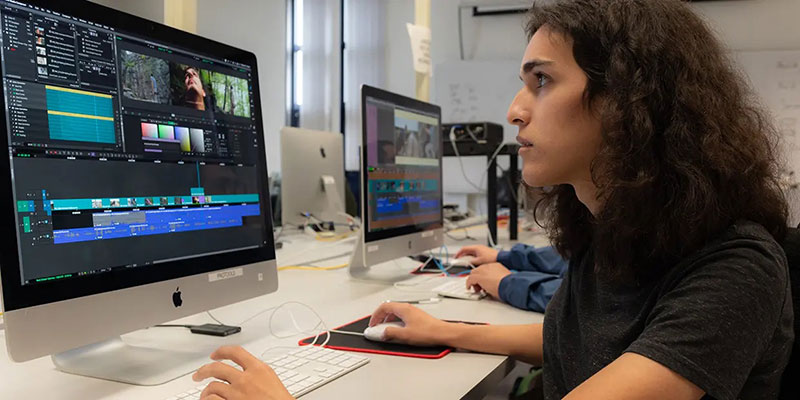As part of its renewal program, Powerhouse acquired the scalable Mediaflux DAM system that can be customised to align with its plans for asset accessibility and research innovation.
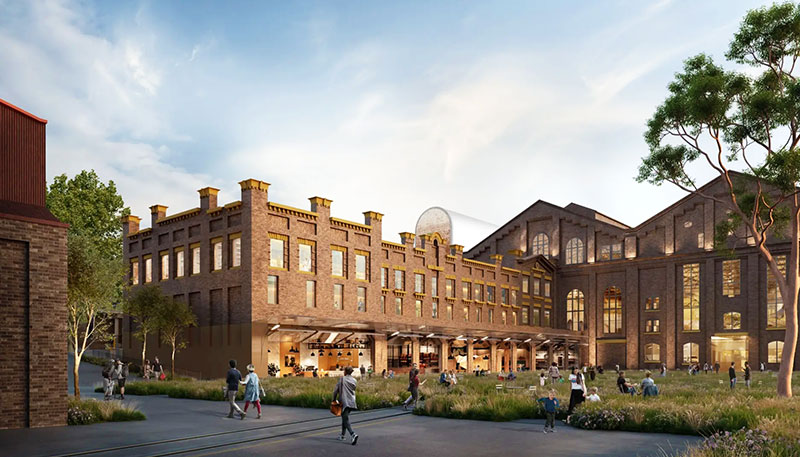
A large scale infrastructure renewal and revitalization program for Sydney’s Powerhouse Museum is now underway. Supported by the NSW government, the project aims to expand the research and public facilities of Powerhouse at Castle Hill, renew the original Powerhouse in Ultimo and bring the ongoing operation of Sydney Observatory up to date.
In particular, the museum is modernising how it preserves and shares its collection of more than half a million objects of national and international significance. Powerhouse is undertaking a digitization project that will improve users’ access to its diverse assets that represent art, design, science and technology. Featuring decorative arts, industrial design and social history, it aims to engage people with contemporary ideas and issues.
Scalable, Secure and Customisable
To meet the demands of the program, Powerhouse needed a scalable, secure data management system that could be customised to fit with its vision of digital asset accessibility and research innovation, and chose Arcitecta Mediaflux.

"The implications of our deployment of Mediaflux with Powerhouse are exciting and transformative for both the museum and the museum curation system," said Jason Lohrey, Arcitecta founder and CEO. "The DAMS platform creates a potential for connections across space and time that haven’t been accessible until now. Imagine being able to search for and rapidly find all the artifacts, images, sound files and more for a particular location or time period – without knowing anything else about it at the onset. This innovation marks the future of museum collections."
Arcitecta's Mediaflux has capabilities that lead to a more agile use of data and more efficient, faster workflows. The idea is to allow museum curators to spend more time focusing on new types of visitor experiences instead of trawling through siloed data.
Optimising Search and Discovery
In order to improve research innovation and outcomes, the new, customisable graphical user interface optimises object search and discovery. Using Mediaflux Applications for Web (MAW), the custom GUI can be rapidly designed and deployed.
For example, users can assemble completely new interfaces in days, rather than months or years, either using existing components or building their own in Javascript. Their applications can either be generic or role-specific to make sure users only see the information they need, speeding up tasks by reducing complexity. Also, applications are defined in a single document, which makes them easier to modify.
Integrating an agile, comprehensive platform with the capacity to manage any form of data, at any scale, optimises costs and data flow between people and systems, while adding resilience and controlling access. Internal and external stakeholders and project management applications are able to interact with assets without compromising the collection. Mediaflux also handles data curation, protection and long-term preservation, which are invaluable to the museum enterprise.

Arcitecta Mediaflux on the desktop
Configurable Services
The system includes open APIs for administrators and developers to combine services that interact with each other, or to create new services that adhere to the museum’s established processes and priorities.
Mediaflux is comprised of thousands of services that can be locally configured to solve different use-cases, and has a search engine, a geospatial cataloguing system that links data to location and a digital asset management system. For large distributed data, it includes a file system, with a data mover and physical management system.
Mediaflux presents a comprehensive view of all stored data, with tools for curation, management, protection, use and distribution for most types of data, structured or unstructured. Billions of assets can be managed with a single server, and distributed automatically to multiple systems for local access.
The software works as an open platform with its own security and access controls driven through an API, and can combine data management, metadata curation and the user’s business rules into one distributed system. Access to every aspect of the system and every piece of data is controlled, giving insight and monitoring who accessed what, when and from where. Regarding provenance, Mediaflux helps to keep track of the entire history, life-cycle and relationships between data.
Metadata is critical to the way Mediaflux and its database engine XODB work. XODB instantly records change across a file system, and adds controlled vocabularies, tags and other descriptions via standard or customised schemas. Through this metadata, XODB runs a database that can locate data using many different query approaches. It also compresses data to reduce the storage space assets occupy. www.arcitecta.com




